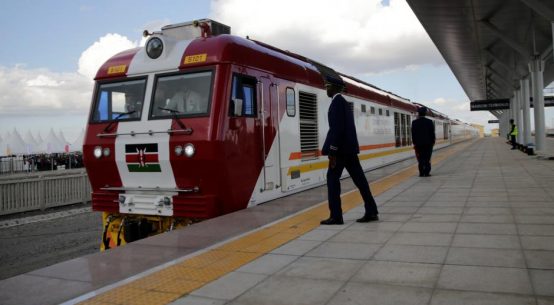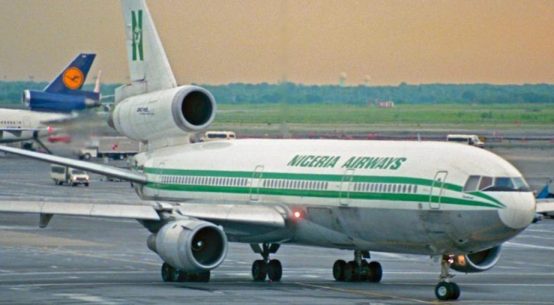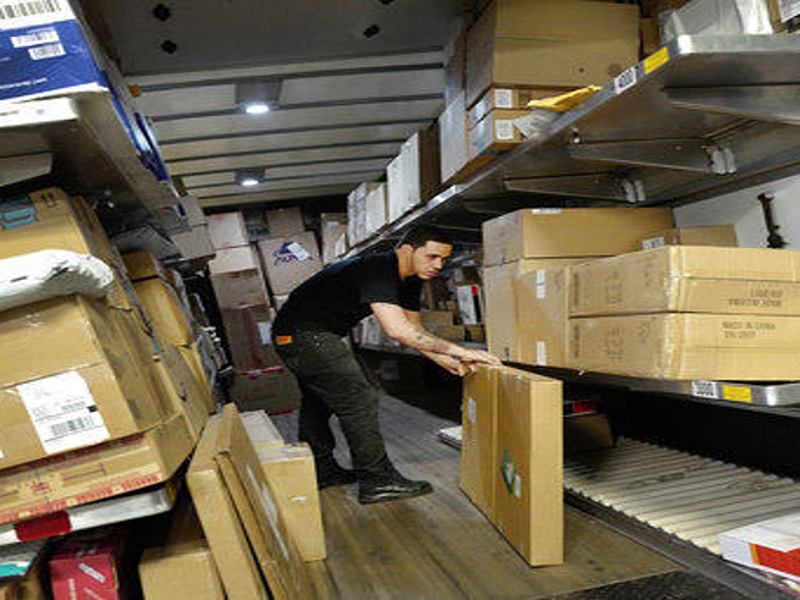
Effective Tuesday, June 4, UPS will begin to implement rate increases for large packages moving through its parcel network.
(Logistics Management) – Effective Tuesday, June 4, UPS will begin to implement rate increases for large packages moving through its parcel network.
These charges, which were initially announced by the company last October, call for an increase for Over Maximum Limits and the Oversize Pallet Handling Surcharge to increase by $150, from $500 to $600, as well as s new Shipping Charge Correction Audit Fee.
UPS said the audit fee will be assessed if the average shipping charge correction in an invoice week is more than $5, with the fee being the greater of $1 per package or 6% of the total cost, that is subject to a shipping charge correction (SCC) or the total amount of the shipping charge.
A parcel management consultant told LM that the driver for these rate increases stem from various factors.
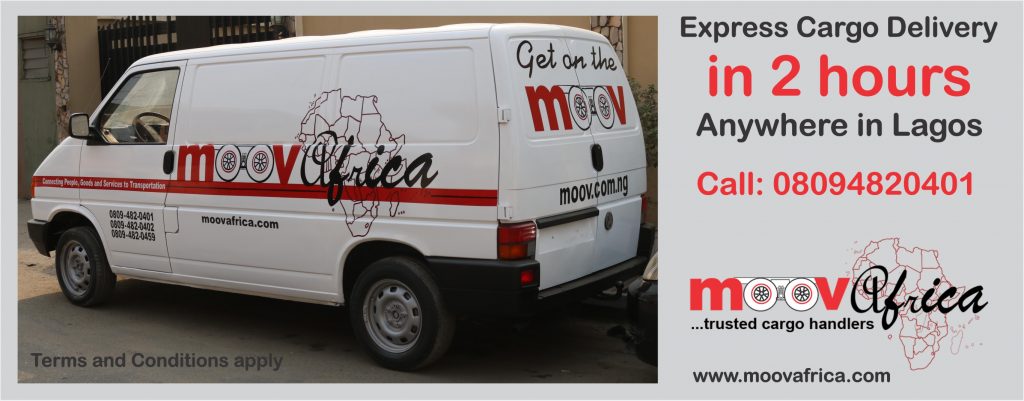
“These oversized packages don’t belong in the UPS small parcel network,” said John Haber, CEO of Atlanta-based Spend Management Experts. “They belong in the UPS LTL (less-than-truckload) network, which is for more palletized types of freight. What UPS has been communicating [to shippers] is ‘we don’t want this stuff in our network, and if it is there we are going to charge you a lot of money.’ Customers obviously have not been getting the message close enough.”
UPS’s “overmax” charge was previously $150 and during peak season last year, it went up to $500, for every time a shipper sent an oversized package through its network, which is now heading up to $650 as of June 4.
Haber said this is a surcharge only, meaning it does not take freight and fuel costs into account.
“That same shipment could move via LTL even as a residential delivery for half the cost,” he said. “It is really e-commerce that is driving it.”
As to the reasons why shippers continue to send these too large shipments through the UPS parcel network, Haber says it comes down a matter of if they are paying attention to their invoices, with a top takeaway being that not enough appear to be.
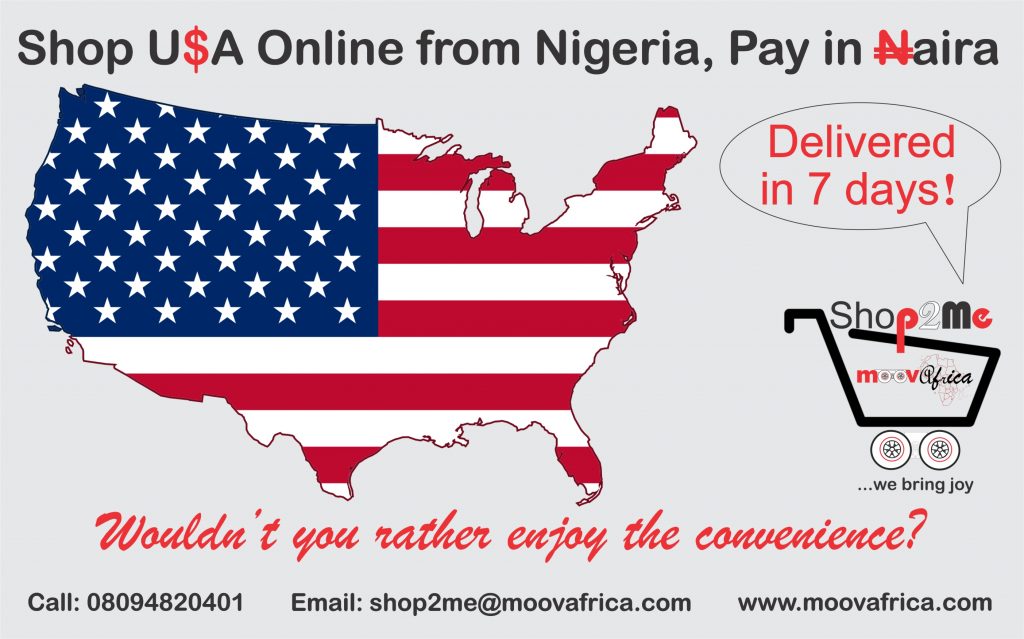
And it results in a combination of shippers not looking at their invoices on a weekly basis and seeing these charges come across, coupled with company-specific business rules for packages weighing a certain amount needed to be shipped parcel and LTL if it is a heavier weight.
“That type of policy may only be in place for a physical weight of a package and not taking into account the dimensional weight,” noted Haber. “They are not manifesting the weight of the packages or do not understand that when you have certain dimensions it is going to bill out at more than 150 pounds once it dimensionalizes. They may think they are following the [UPS] policy because there are different ways to fill a weight…but they just may not know it. And if you are not monitoring it to make sure you are not getting these packages in your network, you don’t know about these charges…and they may continue for some shippers until they are asked why costs are escalating quickly.”
But he also explained other shippers are more sophisticated in their approach and are proactively making plans to remove larger shipments out of their networks.
“We provide them a forecast of what it is going to cost, with the charge going from $150 to $500 and now it is going up to $650, and we are saying this is how many packages you have shipped so far in 2018 and here is the cost increase,” he said. “We are giving them the information to make the needed adjustments.”
These types of shipments, according to Haber, represent less than 5% of the total amount of shipments moving through the UPS parcel network annually. Because these shipments are too large, they have to move through an irregular facility for larger packages, which are handled manually and require additional costs.
An impact analysis of the shipping charge corrections for this rate increase conducted by San Diego-based parcel consultancy Shipware LLC found that while nearly all UPS shippers are impacted at some level, the firm are forecasting significant impact on a relatively small set of customers.
The average increase for all UPS customers is 0.7%,” said Shipware President and CEO Rob Martinez.“However, some shippers are in the low double digits. Still, we’re showing projected increases into the hundreds of thousands of dollars per year for some clients. We have seen UPS affect shippers’ behavior in recent years through pricing action. Dimensional pricing was designed not just as a way to enhance revenue, but more importantly, as the primary way to get shippers to more densely [pack] freight. Smaller boxes mean more packages on existing truck and aircraft assets.”
Martinez added that similarly, egregious rate hikes on certain package profiles have resulted in shippers tendering those packages to alternative carriers. And he noted that the third-party billing fee has curbed the use of that billing option, which adds to UPS operating costs.
“The latest shipping charge correction surcharge will similarly force shippers to more accurately weigh and dimensionalize packages,” said Martinez.







